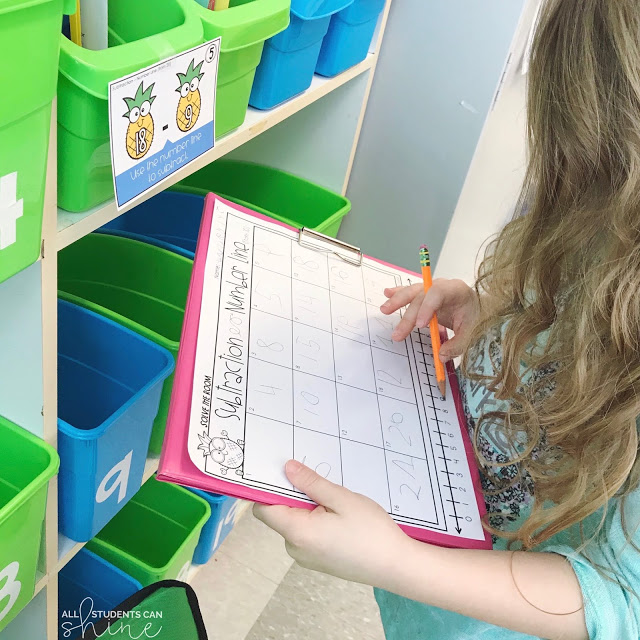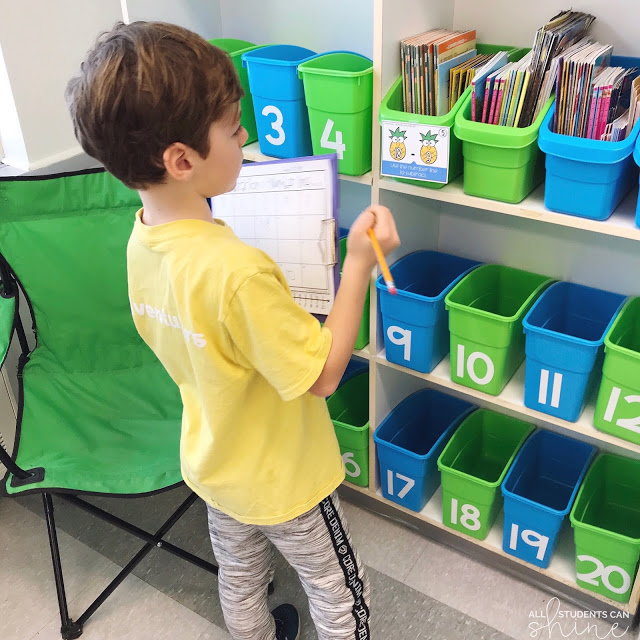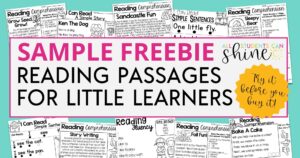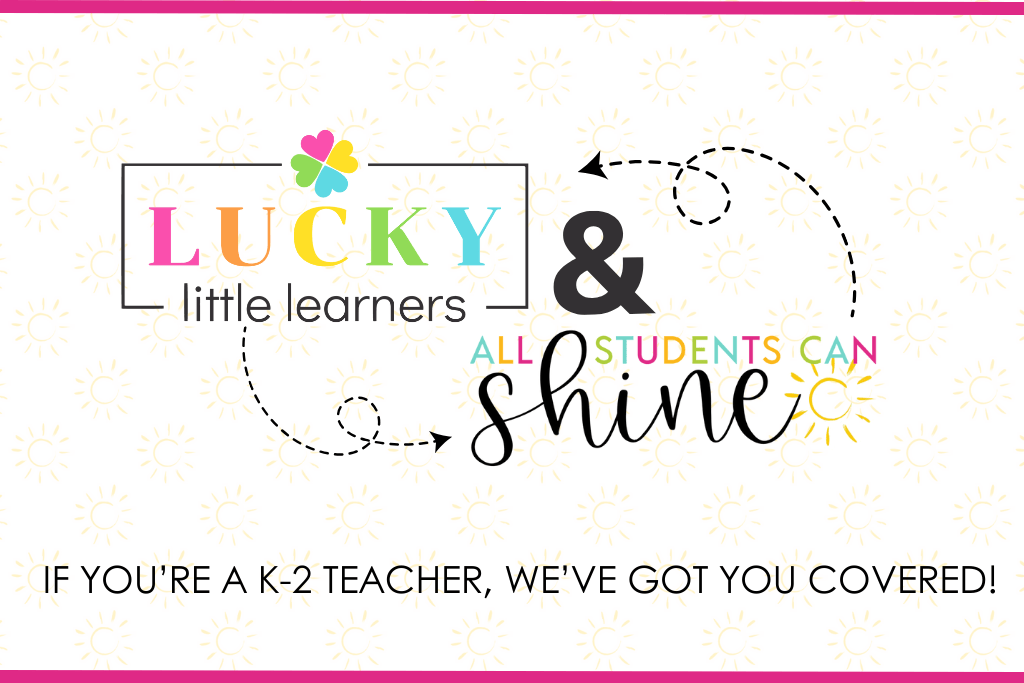The start of a new school year means it’s time to refresh and review what students learned the previous year. It can be a challenge to address this during the first weeks in our classrooms as we get to know our students and are constantly making adjustments to meet them where they’re at.
I’ve put together a few digital resources that will give you a flexible alternative that can help with classroom management, meeting student learning styles, and building digital fluency and mastery of basic skills while you rise to the challenge of empowering your young mathematicians with the right tools.
Here are two resources I’m loving right now for helping elementary students review basic math skills in a fun and easy way:
Digital alternatives to math manipulatives in the primary classroom
Need a complement or replacement for traditional math manipulatives? No problem!
Creativity and resourcefulness are two of the greatest strengths that we teachers have. Give us lemons and we’ll make lemonade in 3 different flavors — and we’ll have the coolest lemonade stand too!
That’s how I feel about using digital manipulatives. No need to buy expensive materials for the classroom or worry about prep time. And if you’re committed to hands-on learning and all it can do for our student’s development, you can still use favorites like counting bears, dice, and base-ten blocks to help students with their basic math skills in addition to digital support.
As long as you have a smartboard you will be able to incorporate digital manipulatives into your lesson plans! The best part? Digital manipulatives aren’t just for the classroom. It’s also perfect for at-home practice for students who have access to a computer, iPad, or tablet. The idea is versatility and ease of access. Every school and district is different, and the goal here is to help support your students and give teachers the flexibility we need for successful instruction.
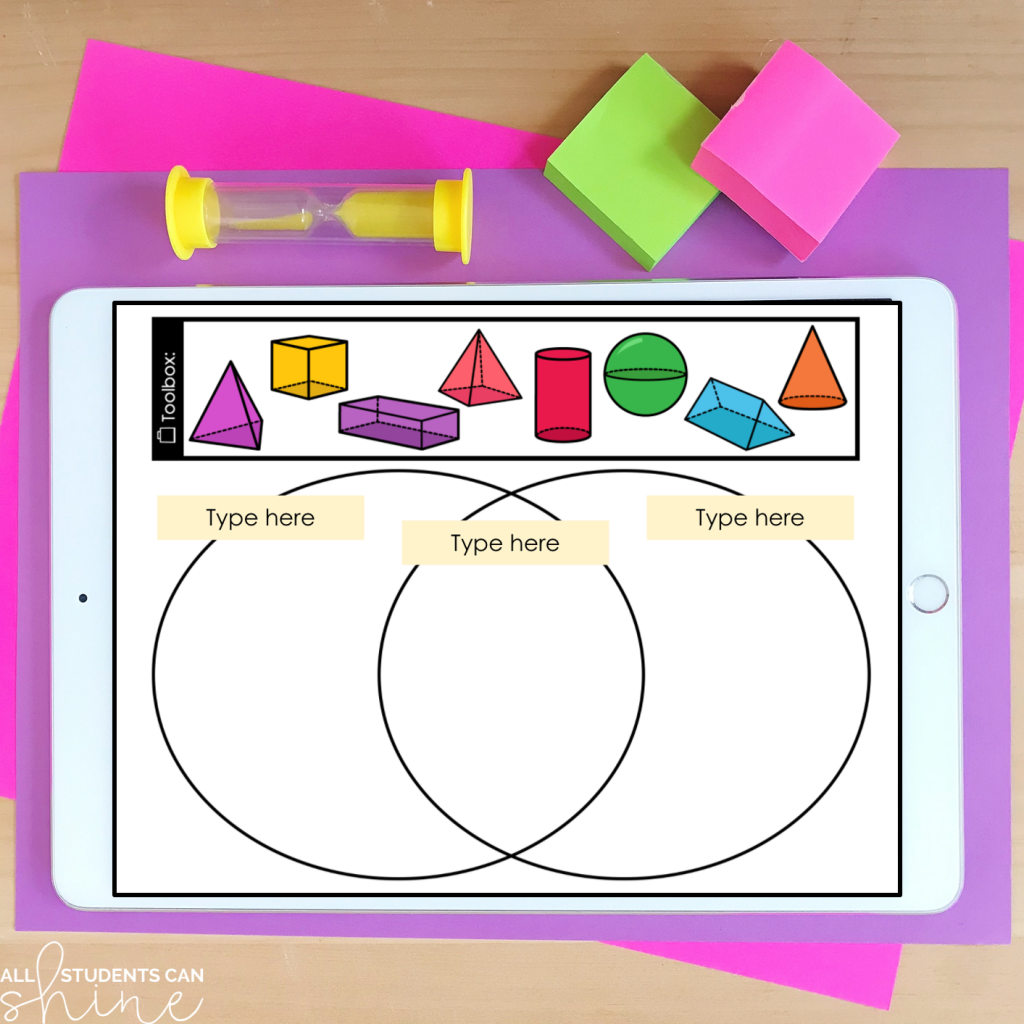
These are some of the manipulatives that are included in my resource:
- counting bears
- blocks
- buttons
- fingers
- beads
- dice
- pattern links
- popsicle sticks
- base-ten blocks
- ten frames
- coins & bills
- number lines
- 2D shapes
- 3D shapes
- fractions (circles & rods)
- rulers
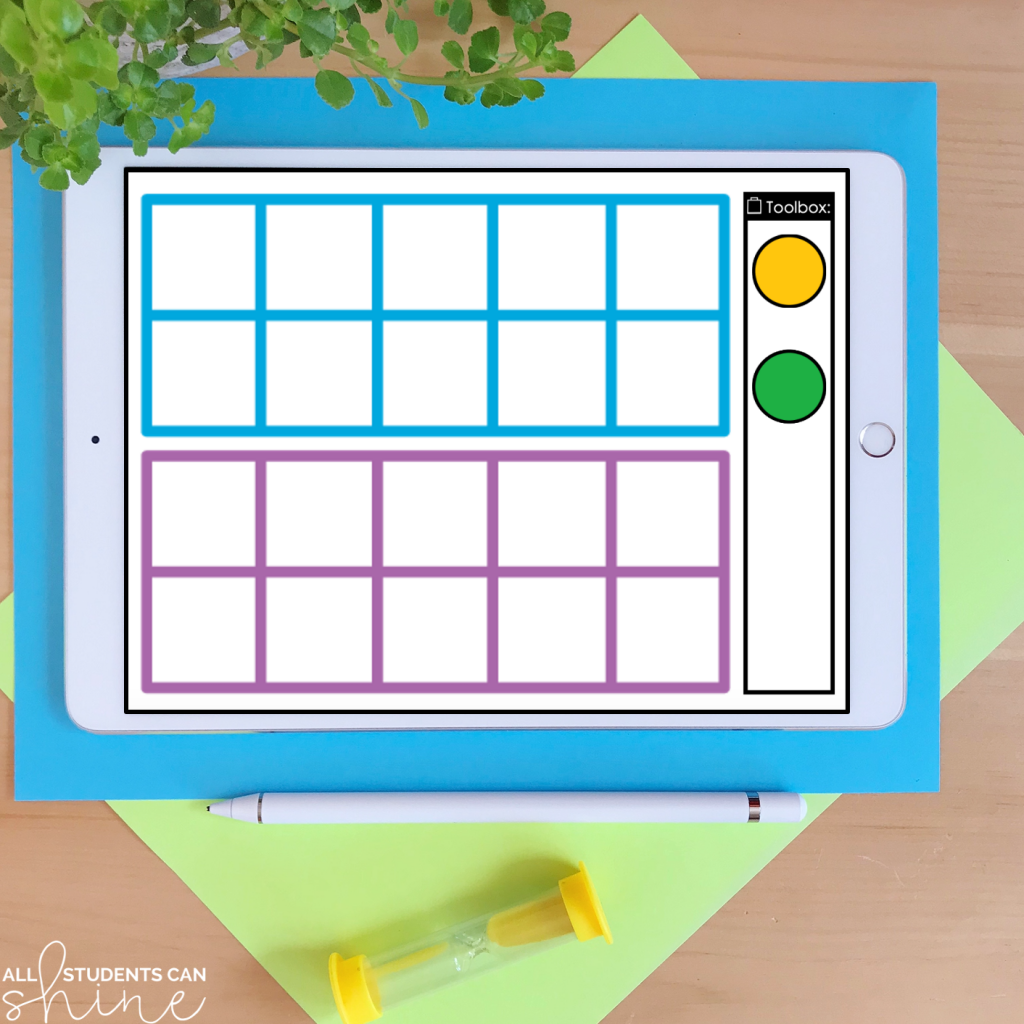
So how do you use digital manipulatives with students?
Google Slides makes using digital manipulatives interactive and customizable. You’re able to share your screen for visual learning while your students are at their desks.
This resource doesn’t have lessons attached, so you can make your lesson as short or long as you’d like. It’s easy to pull up for a quick review while you wait for the lunch bell to ring and can be integrated into your morning routine for a quick math review. You’re able to sneak in a quick number practice whenever you can!
Use digital manipulatives just like you would with traditional math manipulatives. On the Google Slides, you can create a variety of problems to solve with whatever manipulatives you choose. Give these to your students for individual practice on their devices or do a group lesson in front of the class.
Turn your classroom into an adventure!
A scavenger hunt combined with practicing math skills will be a rewarding and educational break from desk work for any student. First, download the Solve The Room Bundle. Then see what math skills you want your students to work on that day. Place cards throughout the room and have your students grab clipboards to record the problems they solve on the math cards they find. Show the answer key on your smartboard so they can check their answers independently.
Pretty neat, right?
Kids will love that they are going on a fun adventure and you’ll be happy they can get some energy out. It’s a WIN-WIN!
In my bundle, you get 30 games included so you can keep it fresh and new for your classroom each time you do it. Here’s what’s included:
- Subitizing
- Counting (up to 10)
- Counting On (up to 20)
- Number Order – Missing Number In Sequence (up to 20)
- Mystery Number (more/less)
- Find The Sum (up to 10)
- Find The Sum (up to 20)
- Subtraction (from 10)
- Subtraction (from 20)
- Comparing Numbers (< = >)
- Add or Subtract
- Skip Counting – Missing Numbers
- Skip Counting – Patterns
- Adding with Pictures
- Missing Addend
- Subtracting with Pictures
- Missing Number
- Counting base-ten blocks (up to 100)
- Comparing base-ten (< > =)
- How many tens? Ones?
- Adding with base-ten blocks
- 100 Chart – Ten more/less
- 100 Chart – Mystery number
- 2D shapes (name the shape)
- 3D shapes (name the shape)
- 3D shapes (how many faces?)
- Symmetry
- Fractions (parts of a shape)
- Fractions (part of a group of objects)
- Time (to the hour & half hour)
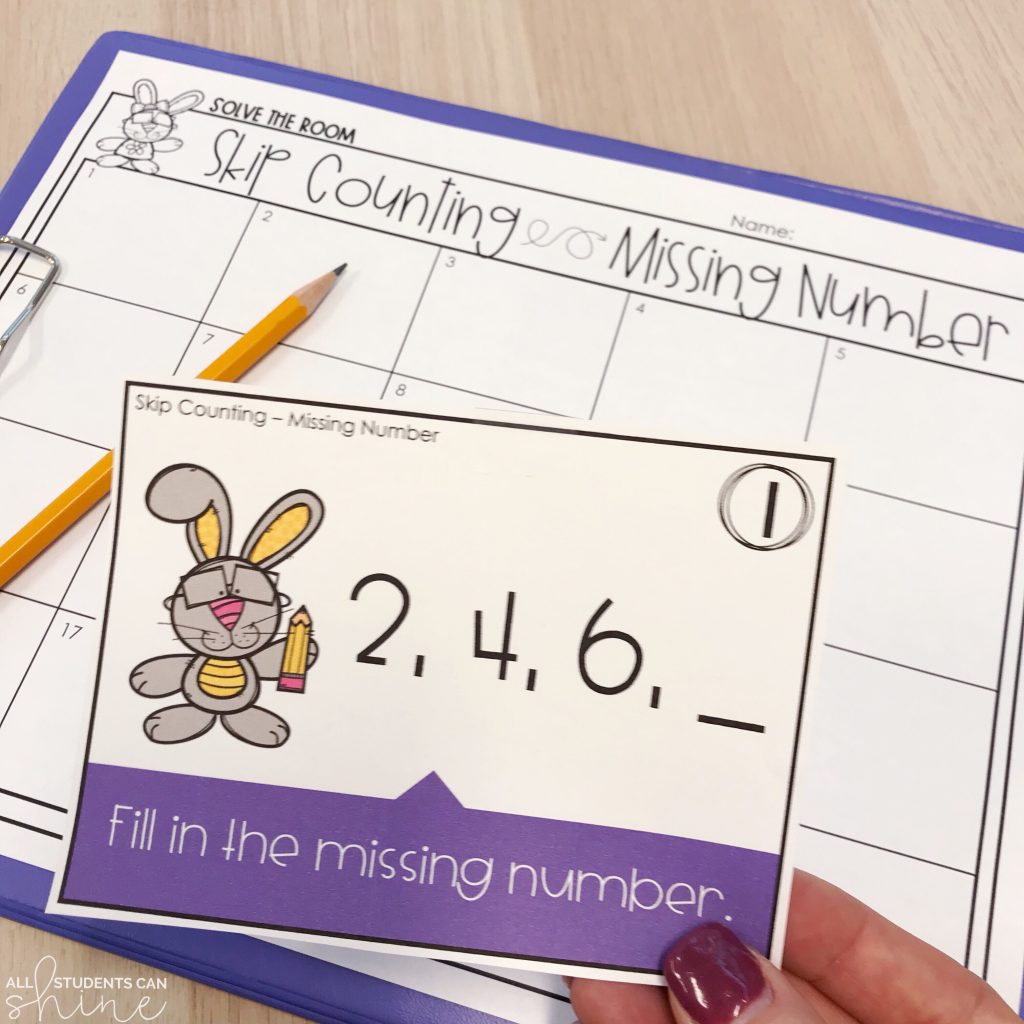
And because I want to make this easy for you, all games are a different color for quick clean-up, and the recording keys and answer sheets are included too!
Have you tried digital resources for your classroom yet?
When looking for flexible, updated, and simple math practice resources digital learning is the name of the game. Let me know in the comments how you’re using digital resources this year! And be sure to let me know if you’d like me to add any other tools to the store to make the transition easier for you!


